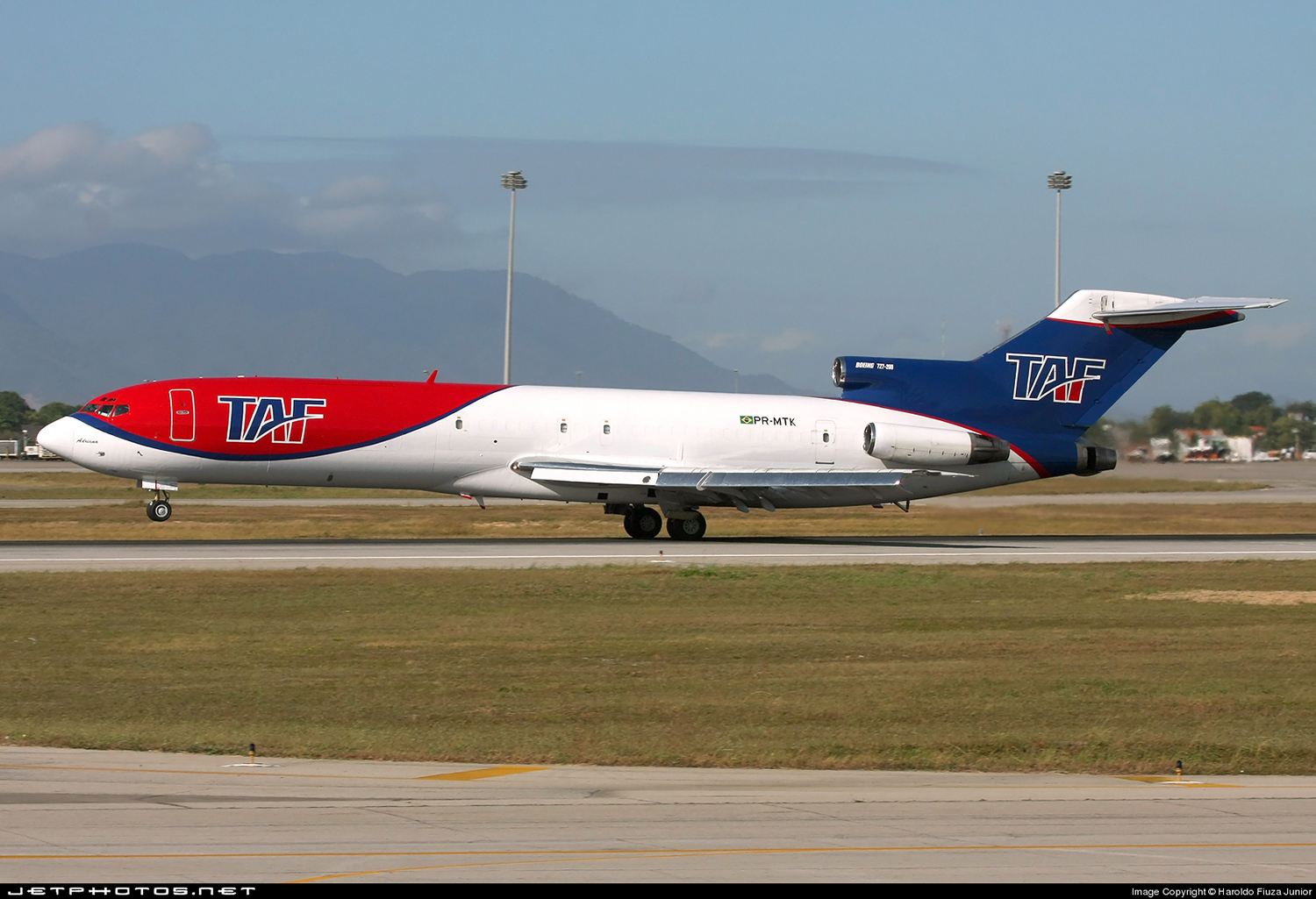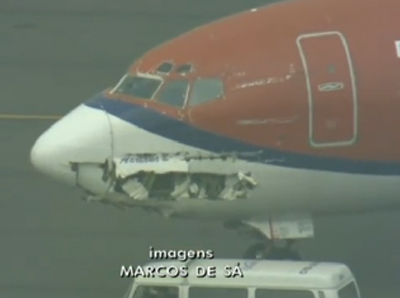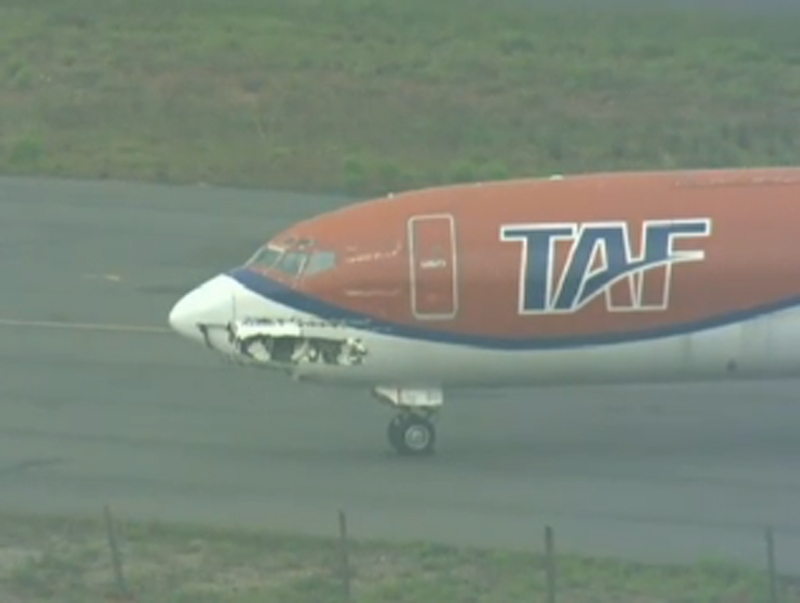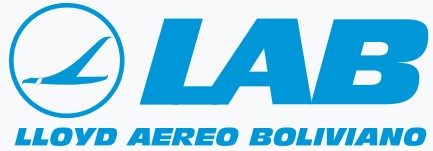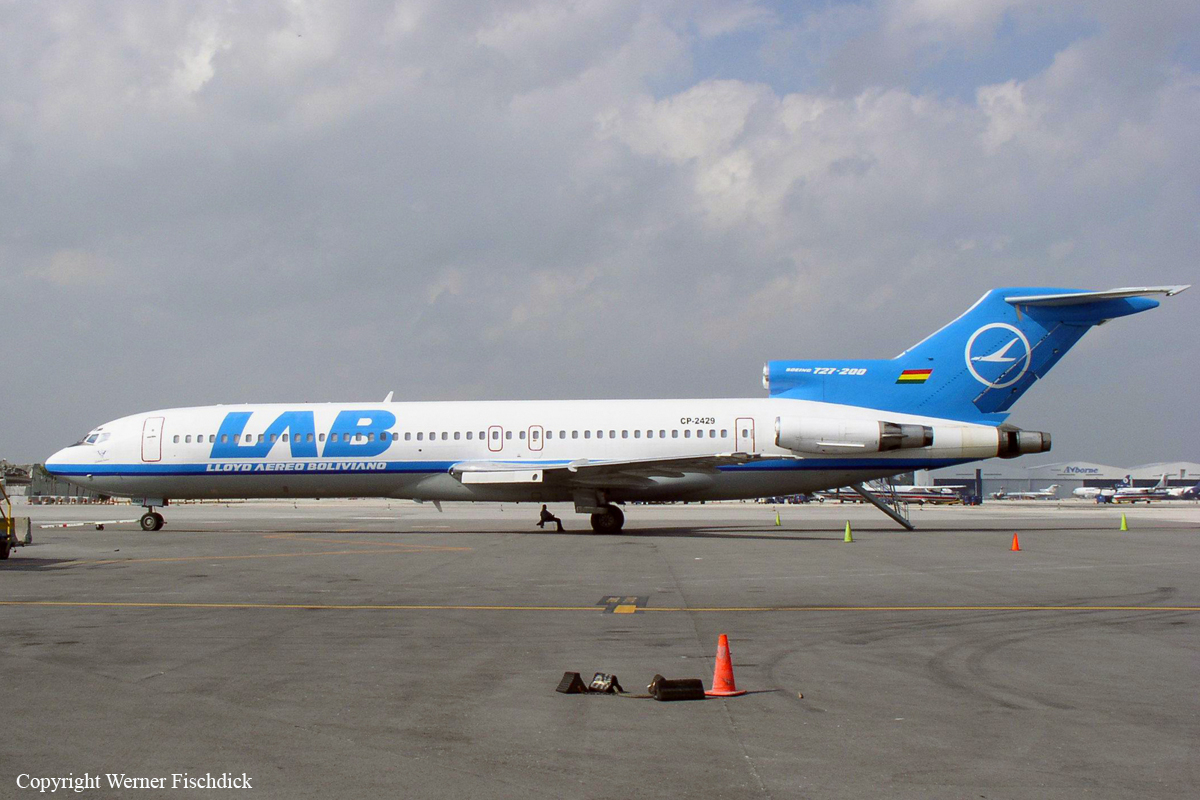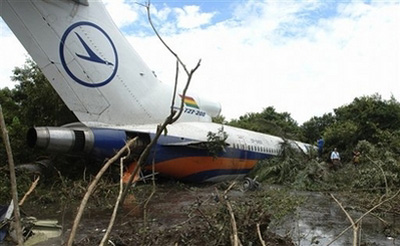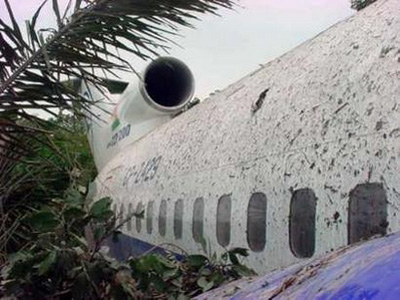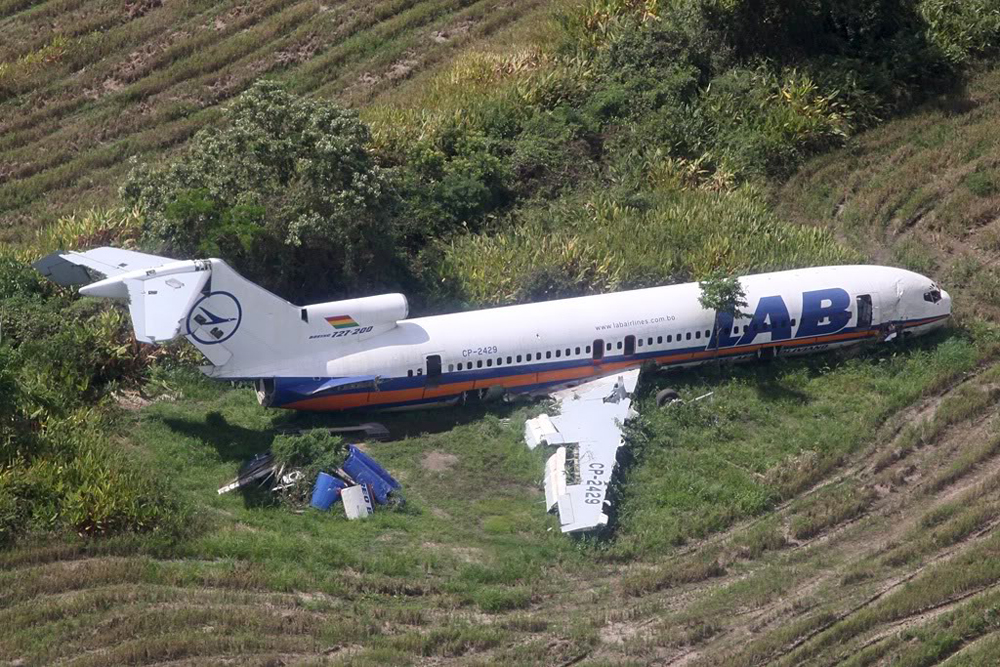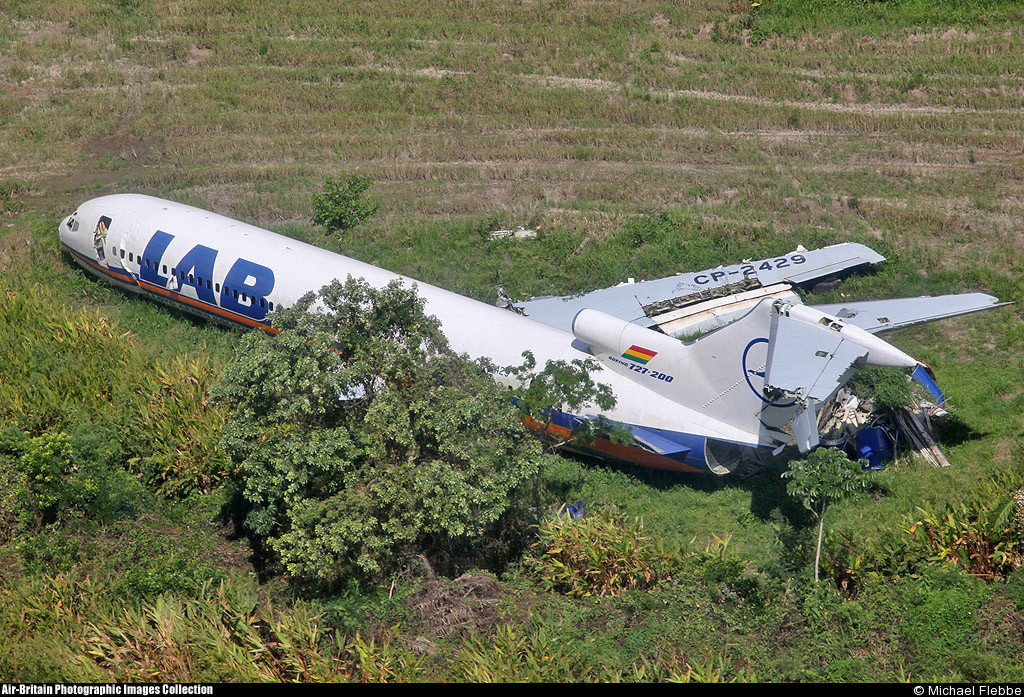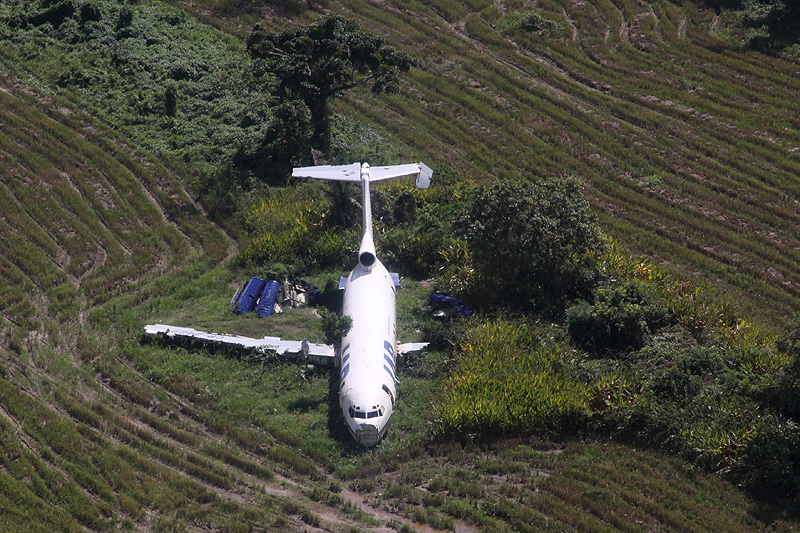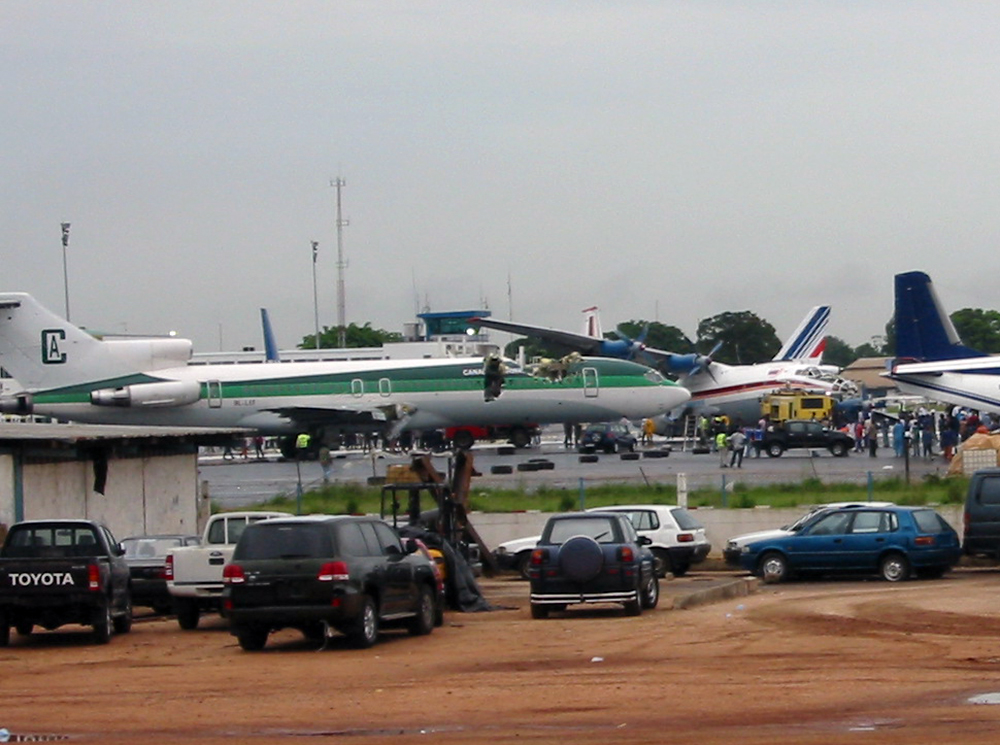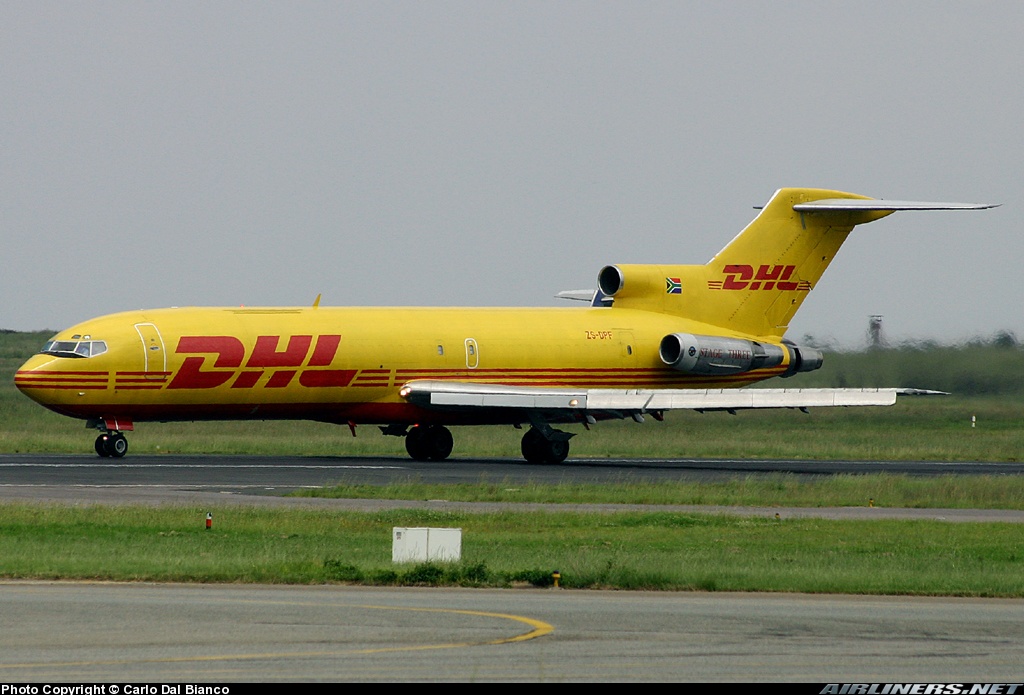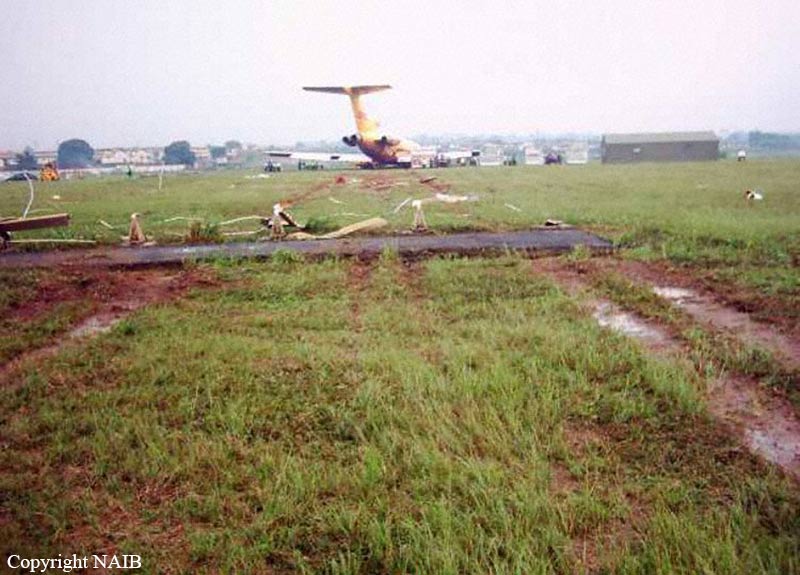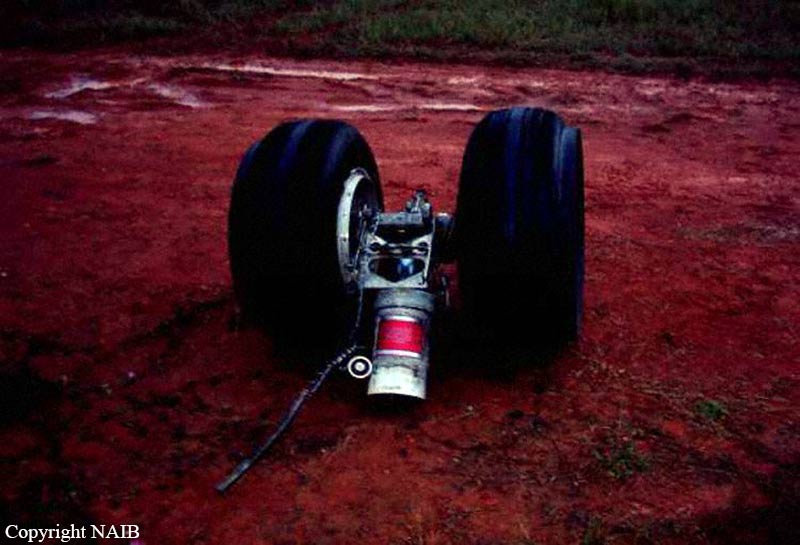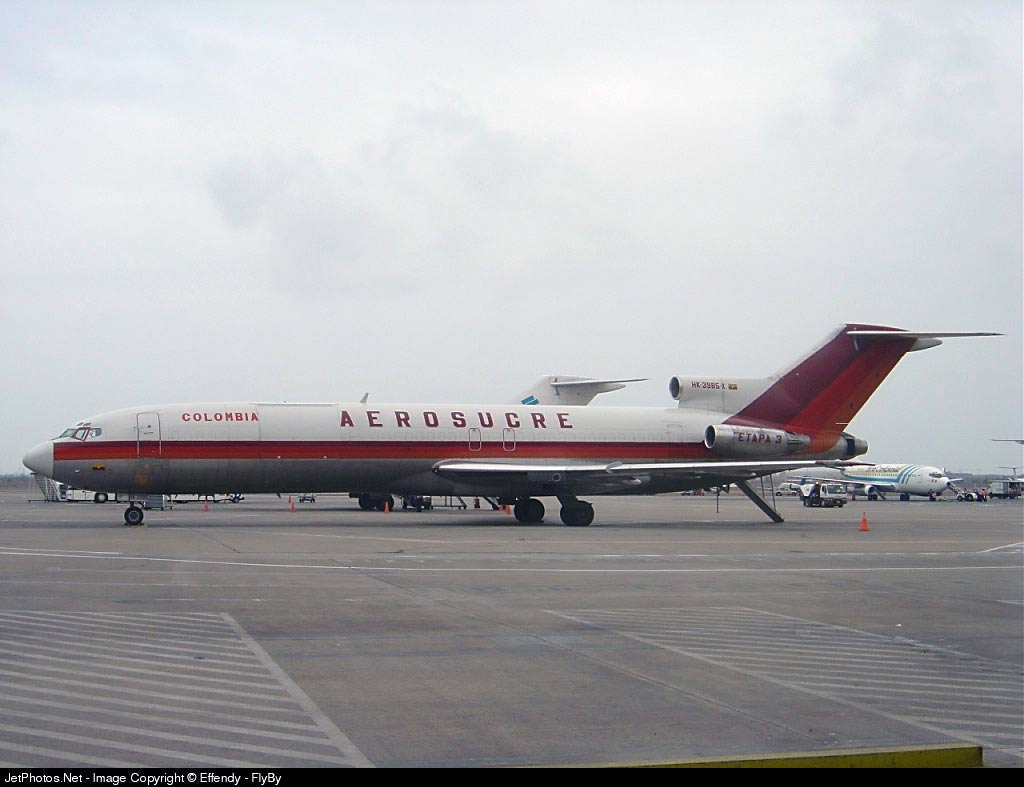Ground accident of a Boeing 727-222F in São Paulo
Date & Time:
Dec 1, 2009 at 0130 LT
Registration:
PR-MTK
Survivors:
Yes
Schedule:
Brasília – São Paulo
MSN:
20037/701
YOM:
1969
Crew on board:
3
Crew fatalities:
Pax on board:
0
Pax fatalities:
Other fatalities:
Total fatalities:
0
Circumstances:
Following an uneventful night cargo flight from Brasília, the aircraft landed at São Paulo-Guarulhos Airport. While taxiing, the aircraft hit airport equipment while approaching its stand. The aircraft was severely damaged on its nose and cockpit area. All three occupants escaped uninjured while the aircraft was damaged beyond repair. The encountered brakes problems.
